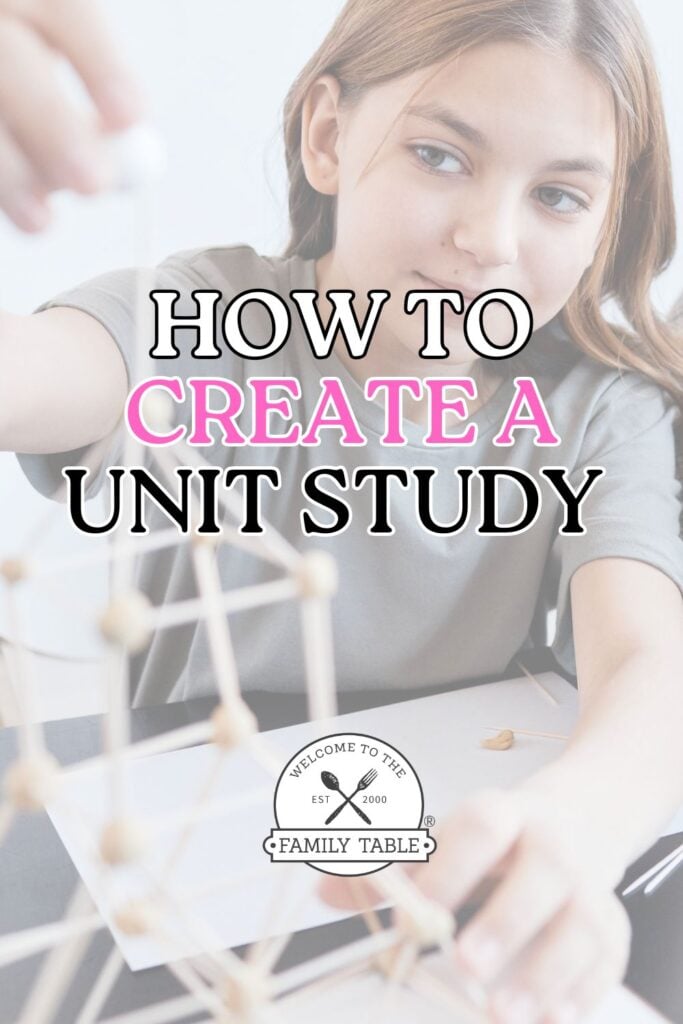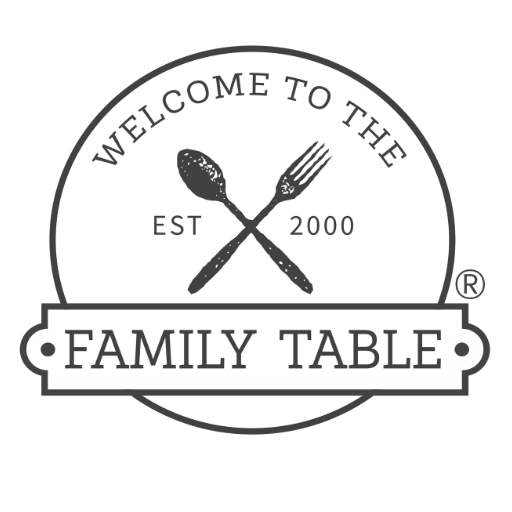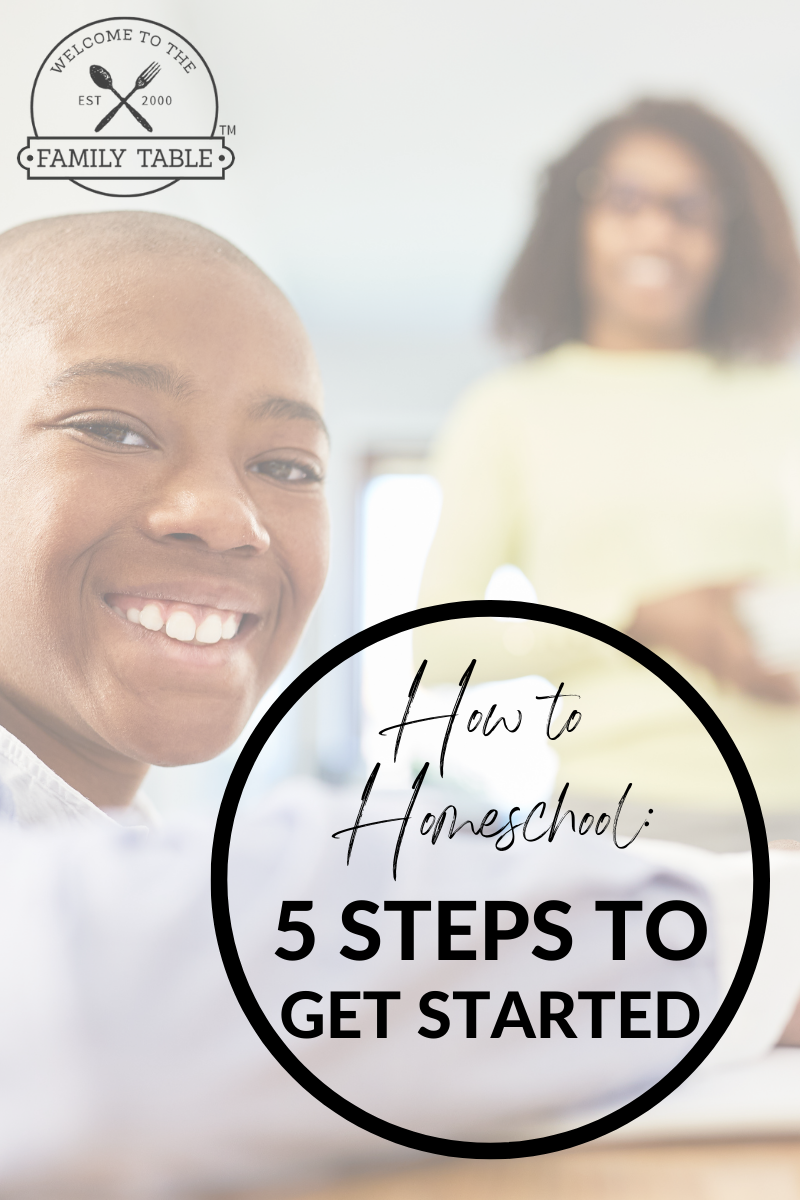How to Create a Unit Study

We are honored and excited to introduce to you to today’s guest author:
Felice Gerwitz is owner of the Ultimate Homeschool Expo and Co-Author of Creation Science Unit Studies. Read, comment, share, and connect as Felice shares about How to Create a Unit Study.
How to Create a Unit Study
Unit studies may not be the flavor of the month in the current homeschool climate, but for me, it is the epitome of what real homeschooling is all about. Why? Because it keeps the family together, engaged, and excited about learning from the youngest to the oldest child.
A unit approach emphasizes the reading of many books related to a topic, rather than isolated textbooks, encourages discussion and research on the part of the children, thereby making learning more natural and retention of information much more successful. This is ideal for parents with children of different ages. It keeps the family united and speaking from experience; it can be very enjoyable, providing lifelong memories.
A frequently asked question is how long does a unit study take? It can take several months, broken up into six to eight-week topical studies, or up to a year, depending on your level of instruction. Ultimately, the choice is yours! For example, our creation studies to serve as a yearlong unit study or to supplement your current curriculum for an in-depth study of creation with an apologetic focus.

Another great question is how do I get started? Most topics naturally bring in other subjects. The first thing to do is decide on your broad topic of study. Will it be science, history, literature, or art and music? Once you’ve decided on a topic, the ideal is to bring in as many subjects as you can. In other words, if you are creating a study surrounding history you would pick a period of time, look at the people who lived during that time, scientific advances or discoveries, historic events of significance, map the geographic locations, and tie in fun assignments in art and music to round off your unit study. Reading and writing are also included due to the research element, and if your children are old, they can write papers or create mini-books, journals, lapbooks, or timelines on the topics they’ve studied.

If you wonder if unit studies are a complete curriculum, they can be with the addition of a good reading or math program. While you can forgo the reading program in the older grades, it is important to have a good phonics foundation in the younger grades. Checking for comprehension is easy with a unit study because discussion abounds! As for math, our family uses textbooks. However, look for ways to add math to your unit as it lends itself to the study. For example, you can study fractals or the Fibonacci sequence, which is so much fun and brings in a wonderful element for those who love art, puzzles, or challenges.

What about prep time? We’re all busy, right? Ideally, it takes about one afternoon to plan a study and perhaps a few days to gather the supplies you may need. If you have a complicated study, it may take a few days longer. Many moms plan unit studies in the summer and slowly gather the necessary supplies in advance.
Scheduling is the most time-consuming part of any unit study. If you are creating your own topical study, you will need to first create an outline of the main points you would like to study and then the days you’d like to complete your activities. For example, in my unit studies, I decide on the days I plan to execute experiments or activities. Sometimes it is three days per week, and other times it may be two days a week. The other days are spent in reading, researching, and gathering the information needed to perform the experiments. Use experiments and hands-on activities as a culmination of the study rather than a haphazard activity just to say you’ve completed an assignment. Unit studies are still the core of my homeschool 25 years later; I hope you decide to give it a try!


I absolutely love unit studies, because my family experiences the subject together with joy. You can also go much deeper into a topic than a typical textbook will do. The hands-on activities cause the children to remember the information forever, and isn’t that what we want for our children’s education?
You are so right Susan and it creates such lasting memories!
We started using the Prairie Primer. I love it so much. We are working on a lapbook on bears, learning how to knit, and learning gun safety. All out of one chapter. We watched a video on preserving meat (smoking) and watching a bulldog have puppies. I wish I would have gone this route so much sooner. My daughter is very bright and loves hands on. I added Horizions Math (continued from last year) and several science experiment books and her nature journal. All other core subjects are pretty much covered.
Thanks for sharing Amy, I love the way unit studies incorporate so many different subjects as well as allowing you to learn things you’d never find from a text book and workbook approach.